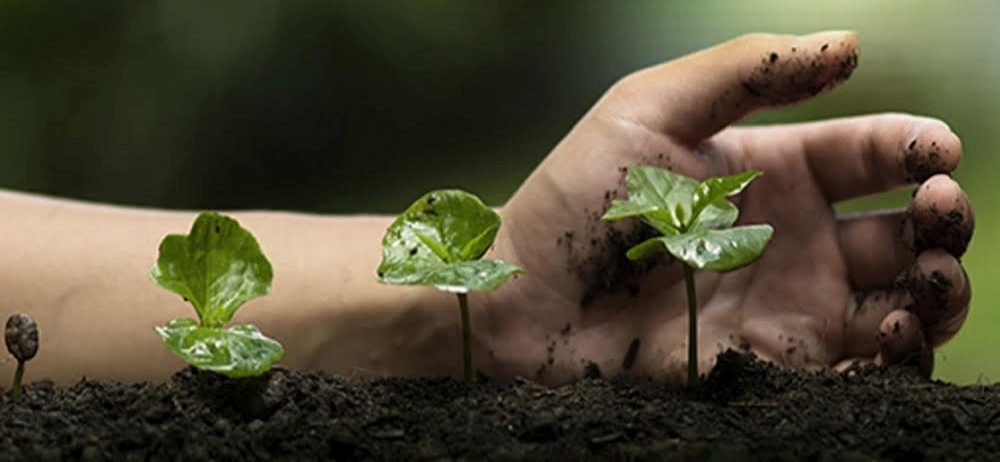Plant health management is a comprehensive set of practices and tools required to achieve a crop’s attainable yield, which is determined by various factors. Water availability, growing degree days of the growing season, available sunshine etc. Therefore, effective plant health management is critical for increasing the productivity and sustainability of agri-food ecosystems.

IMPACT OF PLANT HEALTH ON GLOBAL ECONOMY
Farming communities, particularly in low- and middle-income countries, continue to face plant pests and diseases due to limited investment in R&D, knowledge gap, low labour availability among others. These threats cause 10–40% losses in major food crops each year, costing the global economy $220 billion.
According to recent studies, the highest losses due to pests and diseases are associated with food-deficit regions with rapidly growing populations.
LIMITED KNOWLEDGE OF TECH TO DETECT PLANT HEALTH
Plant health problems pose a constant challenge for farmers and extension workers. Pests and diseases, as well as abiotic factors such as low soil fertility, cause regular and often significant losses in crop production and quality. A variety of causes and symptoms with multiple possible origins makes diagnosis difficult.
Diagnostic capability, global-scale surveillance data, risk forecasting, and rapid response and management systems for major pests and diseases remain in short supply. Smallholders and marginalized communities are ill-equipped to respond to biotic threats due to lack of knowledge and access to climate-smart control options.
To protect plant health and productivity in our agricultural and natural ecosystems, tools for early detection and identification of plant pests and diseases are required. Technical support services are frequently inadequate, and extension workers struggle to reach all farmers. Choosing the best management options necessitates better tools and resources.
PLANT HEALTH CLINICS (PHCs)
Plant health clinics (PHCs) are a practical way for plant health specialists to collaborate with extension workers to provide farmers with advice on how to manage a variety of plant health problems.
Plant clinics at research institutes have laboratory facilities for identifying pests and pathogens, and some provide management advice through extension intermediaries. To serve farmers directly, extension-based PHCs are held in public areas nearby where farmers live and work.
PRECISION FARMING THROUGH CROP CARE CLINICS
A startup company in Telangana, Andhra Pradesh is offering precision farming advisory to citrus farmers. To collect data and provide advice to farmers, a combination of cloud services, drones, IoT devices, mobile apps, and AI/ML algorithms are used.
Following the farmer’s onboarding, a soil test report with 12 different vitals is generated, followed by a Drone survey and a comprehensive Digital Tree Health Audit (DTHA) in which every tree in the field is tagged. Every tree is scouted for 52 different Citrus problems, and data is captured in the form of images and videos in the Mobile App. This data is then analyzed by our Advisors (Plant doctors), and relevant advice is sent to the farmer via mobile app and SMS.
NEW ADVANCES IN PLANT HEALTH MONITORING
Wearable sensors can now monitor plant visual signs, such as shriveling or browning leaves, which typically do not appear until the majority of the water has been depleted. The electronic system wirelessly transmits data to a smartphone app, allowing for remote management of drought stress in gardens and crops.
This technology has improved on previous plant monitors, where metal electrodes were previously less accurate due to the hair on a plant’s skin falling off. Monitoring water content on leaves can also provide information on pests and toxic agent exposure, making monitoring the entire plant possible rather than just the water content.
CONCLUSION
With new technological advancements, many more plant health applications are possible. For example, because plant wearable sensors can provide reliable data indoors, the devices can be used in outdoor gardens and crops to determine when plants require watering, potentially saving resources and increasing yields.
To continually improve plant health management systems, we need predictive surveillance and monitoring systems, robust disease management practices, and effective training of food production professionals. Enhancing our systems for protecting plant, animal, environmental, and human health will help us to protect plant health and strengthen food security.
